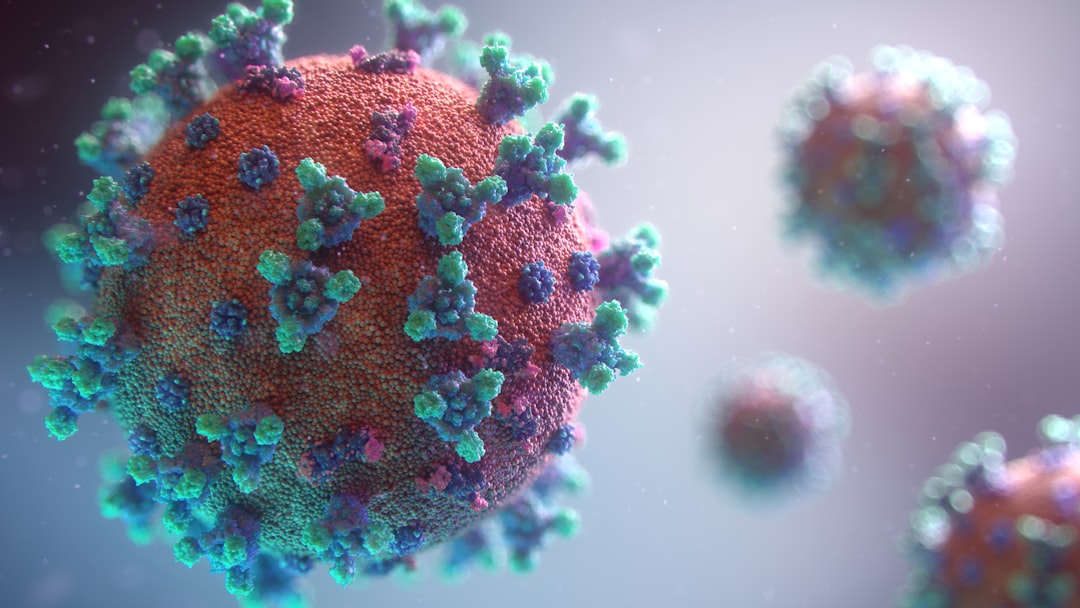What is it about?
More than 3.6 billion years ago cell-free communities of RNA replicated and evolved in rock pores around hydrothermal vents deep in the ocean. before the evolution of DNA, proteins, and cell membranes. But cell-free RNA replication requires thermal cycling. This fact seems to have been completely overlooked in most studies on the origin of life. We proposed and tested the hypothesis that hydrogen peroxide reactions, a well-known thermochemical oscillator, may have provided the periodic drive.
Featured Image
Why is it important?
Hydrogen peroxide is known to occur abundantly on Jupiter’s moon Europa, and formerly on Mars, which suggests that these planetary bodies may have evolved their own RNA worlds! The results also may answer the (previously unanswerable) question of why new life does not emerge from non-living precursors on modern earth: there are no longer the amounts of hydrogen peroxide around that were there in the good old days! This research shows that an interdisciplinary approach is necessary in this field
Read the Original
This page is a summary of: Hydrogen peroxide thermochemical oscillator as driver for primordial RNA replication, Journal of The Royal Society Interface, June 2014, Royal Society Publishing,
DOI: 10.1098/rsif.2013.1052.
You can read the full text:
Resources
Contributors
The following have contributed to this page










